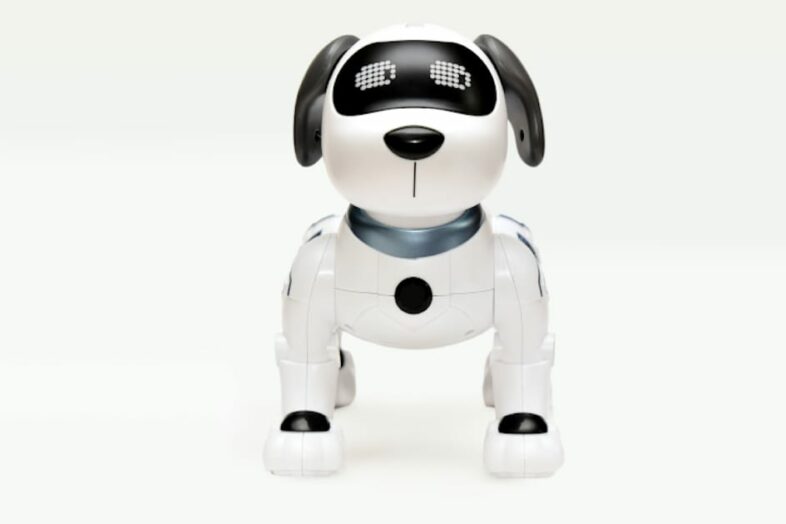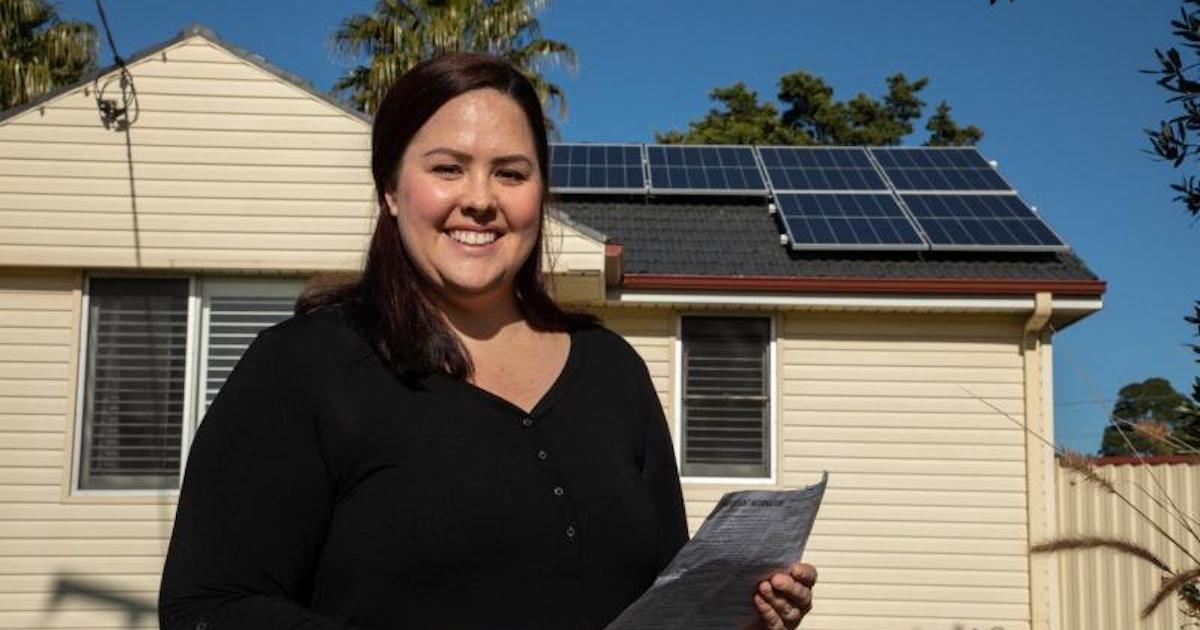Rapid growth in home robotic pet therapy

ROBOTIC pets are becoming popular with Australia’s ageing Babyboomer population which is swapping rock ‘n‘ roll for rocking chairs.
Demand for the robotic pet therapy is on the rise following the Royal Commission into Aged Care Quality and Safety and is developing into a stand-alone industry with huge possibilities.
The Commission was told residential care facilities had found animatronic pet therapy was an innovative way to address challenges in the sector and reduce the need for physical and chemical restraint.
While use of robots in some industries and markets is causing ethical, economic and performance related challenges, demand is high in the healthcare sector, particularly in local aged care facilities in
Australia and New Zealand, as well as the United States and United Kingdom.
Ageless Innovation CEO and Co-Founder Ted Fischer said studies recognised by the American Journal of Medicine had shown robotic pet therapy was effective in improving the quality of life and care for older adults and should be considered as part of an overall treatment plan.
“Independent clinical research has shown that animatronic pets reduce feelings of isolation and loneliness and improve quality of care and life for older adults,” he said
“This reduces agitation, anxiety and use of medication for those suffering from Alzheimer’s disease and related dementias,” Mr Fischer said.
“We have seen a rise in demand for animatronic pets for ageing loved ones, especially those who largely cannot look after animals, but seek comfort and mechanisms to combat loneliness and bring relief.
“For those who can no longer care for a living animal, animatronic pets are a safer and more predictable alternative and the older adult population is one which could benefit most from the physical and emotional benefits of joy, companionship, and the power of play,” Mr Fischer said.
Carinity Hilltop Aged Care at Kelvin Grove in Brisbane has three Joy for All Companion Pets.
Residential Manager Ramandeep Gill said residents were responding well to the animatronic therapy.
“Interacting with animatronic pets can help to improve residents’ health and wellbeing and social interaction, providing opportunities for residents to share stories about the pets they had in their younger years,” Ms Gill said.
“Some residents living with dementia who may be unresponsive to other therapies may brighten up, pat and talk to the Companion Pet,” she said.
For aged care resident Teresa Nunan, the animatronic pets bring back memories of her former cat
‘Cuddles’, which has now been replaced by the new ‘Cuddles’, one of three animatronic pets at Carinity Hilltop.
Leading Aged Care Services Australia’s Head of innovation Merlin Kong, said innovation played a central role in supporting older Australians towards better ageing.
“As the proportion of Australians aged over 65 is projected to grow steadily over the coming decades, this requires creative solutions and the ability to implement,” Mr Kong said.
“Technology is pivotal in age services innovation. The right care technology is one that takes into consideration not just a person’s lifespan, but also their health span.”
Nearly half a million Australians currently suffer from dementia and this number is set to double in the next 25 years. Despite the disease being the second leading cause of death in Australia, there is no cure for Alzheimer’s disease and related dementias and it costs the Australian economy $3B annually in health and aged care spending.




